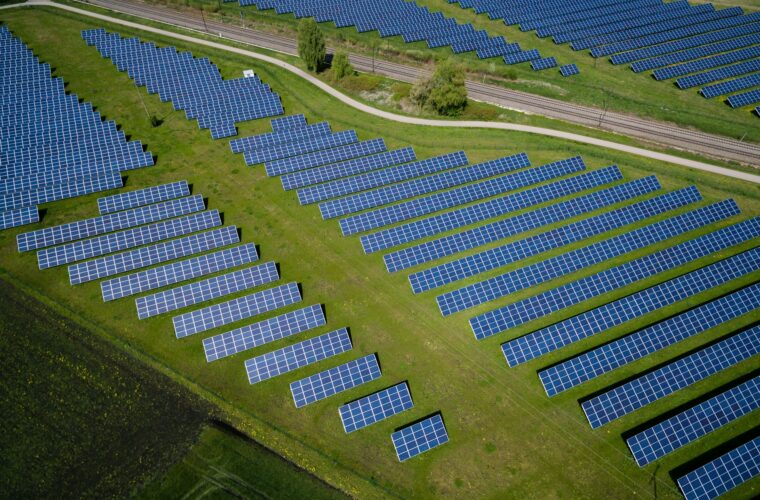Qatar World Cup 2022: The heat has been one of the main obstacles to organizing any sporting event in Qatar, in a country where temperatures can easily exceed 50 degrees C.
But the high temperature is no longer a problem in Qatar for the 2022 World Cup, thanks to the cooling system at the Khalifa Stadium, which will host the Athletics World Cup in a year, which is an ideal test for the 2022 World Cup.
Saud Abdul Ghani, who undertook this specific project, says about these air conditioners: “We don’t just cool the air, we clean it. We clear the air for viewers. For example, people with allergies will have no problems inside our stadiums, as we have the cleanest and purest air available. Pre-cooling air enters through grills built into the bases and large nozzles next to the pitch. Using the air circulation technique, the cold air is then drawn in, re-cooled, filtered, and pushed out where needed”.
Qatar World Cup – The technology of supercooling machine
How it works: Qatar’s cooling technology
- Outside air is cooled through air conditioning fans that are powered by solar energy
- The cooled air enters the stadium through grills in the stands and large nozzles on the pitch
- Using an air circulation technique, cooled air is then drawn back
- The drawn-back air is then re-cooled and filtered
- Once re-cooled and filtered, the recycled air is pushed out again into the stadium
The solution is based on the “cold air bubble” system that effectively expels the surrounding warm air. And all this within half an hour! The cold is produced in a two-kilometer-long system that makes it possible to turn water, partially recovered from rare rains, into ice.
A process connected to a kind of underground radiator that turns the ice into air, which is then blown into the stadium with 300 fans, who will be located in different places so as not to disturb the athletes.
The engineer Saud Abdul Ghani who created the project, explains to Equipe: “It is a system that has been integrated into the 2022 World Cup stadiums, adapted to the Khalifa, which was built in the 70s.”

Solar Cooling Technology
The most important part of the Qatar 2022 World Cup stadium’s super cooling system is the technology that converts solar energy into cooling. Due to timeliness, with the impact of energy accuracy, it is evident that in countries like Qatar, with many sunny days, using solar energy for heating or cooling systems can be a lifesaver.
The purpose of solar cooling is to maintain the temperature of the cooled space at a level lower than the ambient temperature, spending solar energy for this.
It is evident that the pumped cooling load, created by this temperature difference, presents a maximum time-synchronized with the maximization of the solar radiation intensity during the day.
Solar Energy
Proceeding to a more detailed examination of the processes connected with the production of cold, it is stated that a typical refrigeration unit consists of an evaporator or refrigerating element, a compressor, a condenser, and an expansion valve. This refrigeration unit is a typical “work consumption” refrigeration unit, where the higher the ambient temperature, the more work of compression is expended to extract the heat based on a given evaporating temperature. It represents the so-called conventional cooling method with mechanical vapor compression, which uses, in most cases, electricity as an energy source. In this case, there are two conditions, namely:
- energy must be consumed for the cooling process and
- a higher cooling load occurs when the ambient temperature increases, i.e. when the intensity of the incident solar radiation becomes maximum.
To utilize solar energy for cold production, the above two conditions must be appropriately combined. The use of solar energy for cooling brings about its upgrade since it replaces electrical work through a suitable “inverter.” This converter is the absorption or thermal compression cooler, i.e., a refrigeration unit that uses heat as a motive power, not electricity.
The combined use of solar energy for heating – cooling of spaces without heat storage other than water for use, production of water for use is technically possible today. In particular, it is stated that solar cooling is also economically feasible if there is a sea or a lake available to reject the heat.



